If casual Fridays once felt like the ultimate office perk, some workplaces are now taking things a step further: by asking employees to ditch their shoes.
At first, it might sound like the kind of quirky idea you’d hear on a wellness retreat. But this trend is actually tied to a deeper goal: making the office feel less like a stiff, stressful place and more like somewhere people actually want to be.
With stress levels at an all-time high, burnout on the rise, and more workers prioritising wellbeing over paychecks, even small gestures like going shoeless can make a real difference.
Here’s why some offices believe bare feet could be better for employees.
Peace is the ‘sole’ purpose
In Silicon Valley, shoeless offices are being embraced as just another perk to entice people back to the workplace.
Startups such as Cursor, an AI company from San Francisco, Speak, an OpenAI-backed language app, and Whop, a platform that helps creators run and grow their businesses, all let employees stroll around in socks or slip into comfy slippers once they arrive.
“In an era when anxiety is reaching epidemic proportions, creating a space where employees can experience greater comfort can bring big advantages for creativity and innovation, as well as encouraging them to develop more meaningful relationships at work that foster cohesion and commitment,” Anita Williams Woolley, professor of organisational behaviour at Carnegie Mellon University’s Tepper School of Business, told Fortune.
The trend isn’t staying confined to the US either. In the UK, some companies are also trialling no-shoes policies as a way to boost focus, morale, and comfort in the workplace.
Natalie James, founder of skincare startup helloSKIN, introduced a socks-only rule at her UK office last year. “Offices are, by their very nature, stressful environments,” she told The Guardian. “If a little thing like taking off your shoes makes you feel more comfortable – and thus be more creative – then that’s a no-brainer.”
Of course, there are boundaries. At helloSKIN, staff can’t go barefoot, socks must be clean (and hole-free), and shoes are still required in kitchens, bathrooms, and outdoors. Even with those rules, James says the difference has been obvious. “There’s definitely been an increase in calmness, and with that comes better focus and more creativity.”
Also read: Burned-out workers are considering 'micro-retirement'. What is it?
But not everyone agrees
While walking around in socks might make the office feel homelier, it’s not without drawbacks. After all, shoes aren’t just about fashion; they also play a role in workplace norms and professionalism.
“The increased comfort and intimacy that could in some cases be a benefit to such a policy may also be a double-edged sword, as they may result in making important interpersonal boundaries less clear than they should be,” Anita Williams Woolley said.
There are also wider social concerns. In many workplaces, men are often able to dress more casually without consequence, but women are judged far more on how “professional” they appear. Removing shoes could risk widening that imbalance.
Also read: Dad as negotiator? Why Gen Z is now bringing parents to job interviews
Generational differences add another layer. “Younger workers might see informality as a sign of creativity. Older workers might see it as unprofessional. That gap can create divisions in how people are valued,” Professor Mustafa Ozbilgin, who researches workplace inclusion at Brunel University in London, told The Guardian.
For now, the shoeless trend seems mostly confined to smaller, fast-moving startups. But as companies continue experimenting with ways to tempt staff back into the office, it might not be long before “business casual” means turning up in clean socks.
With input from agencies


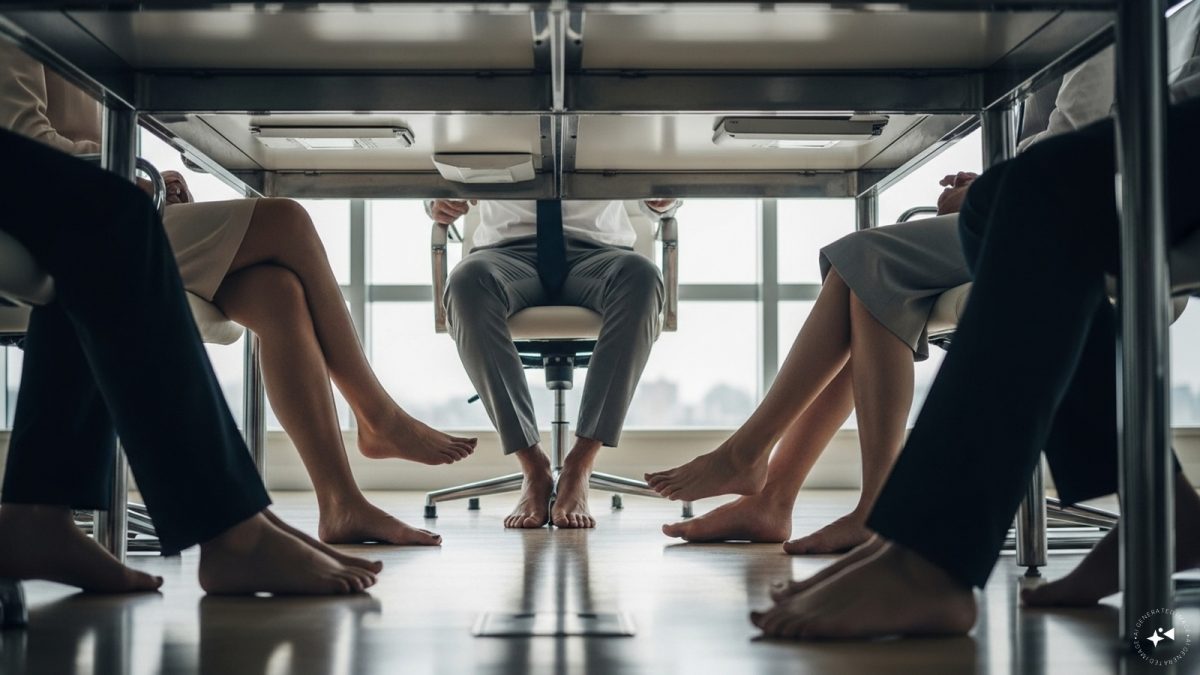)

)
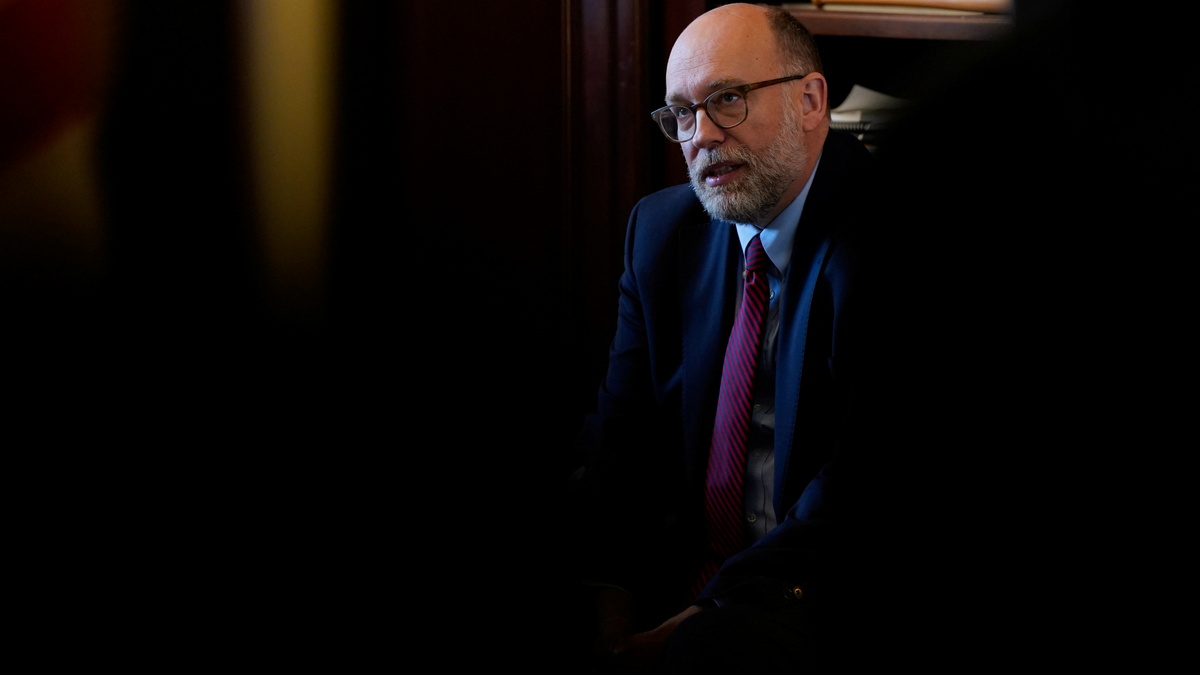)
)
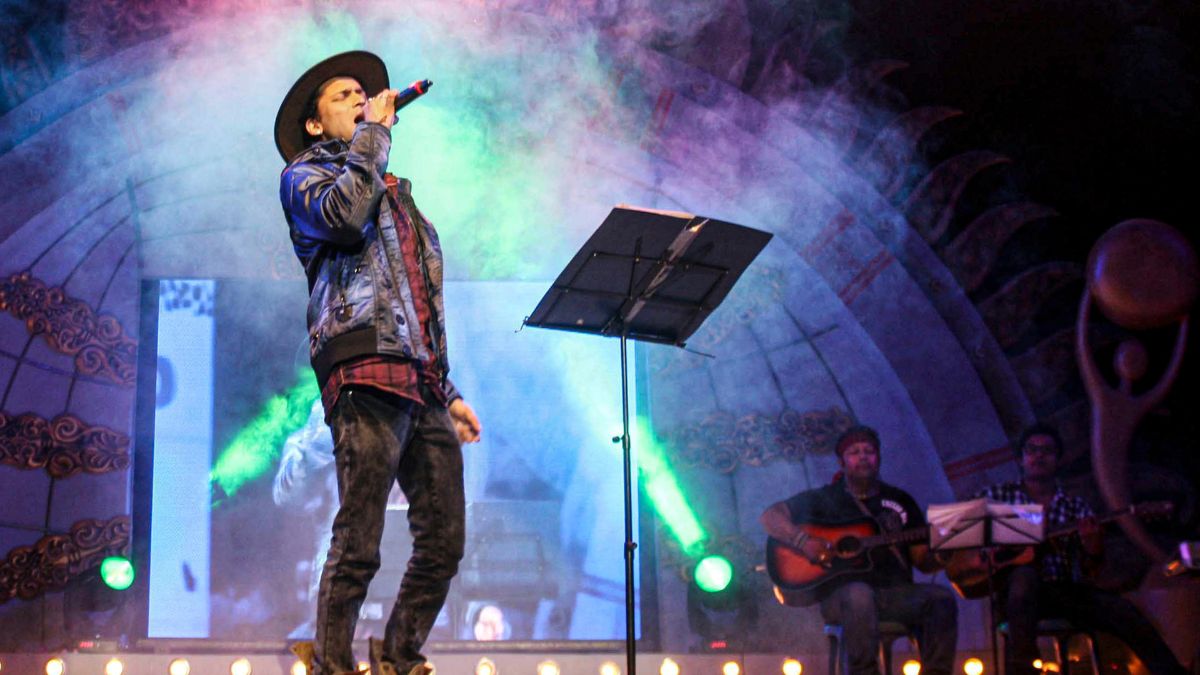)
)
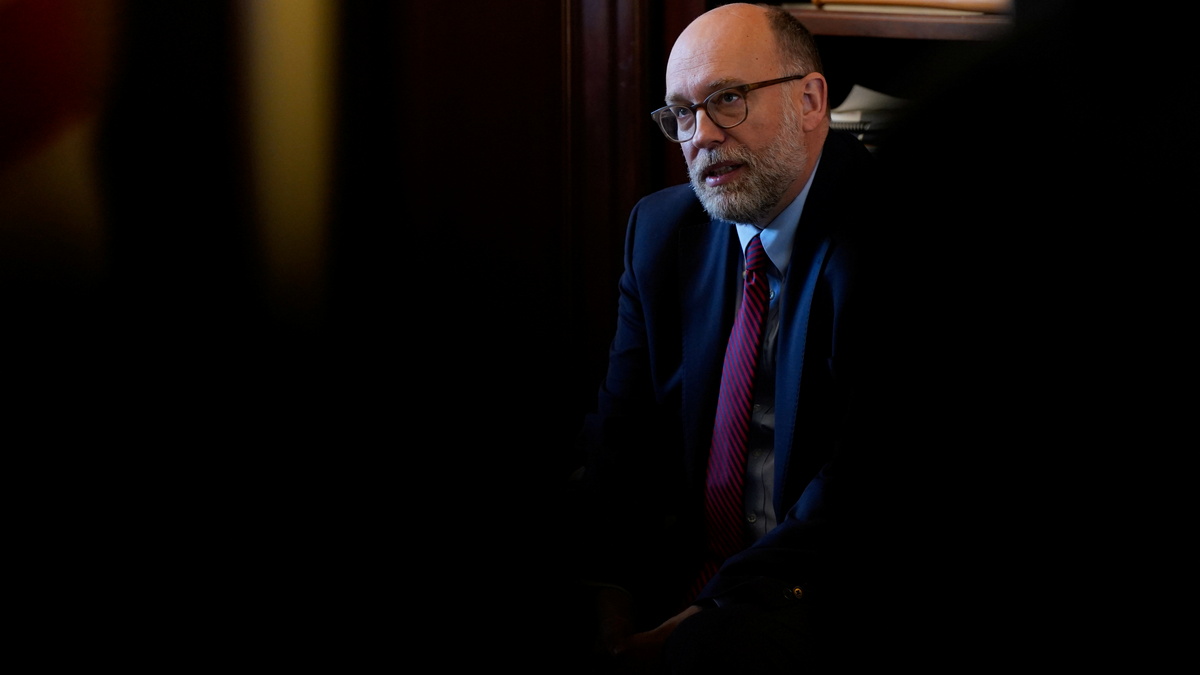)
)
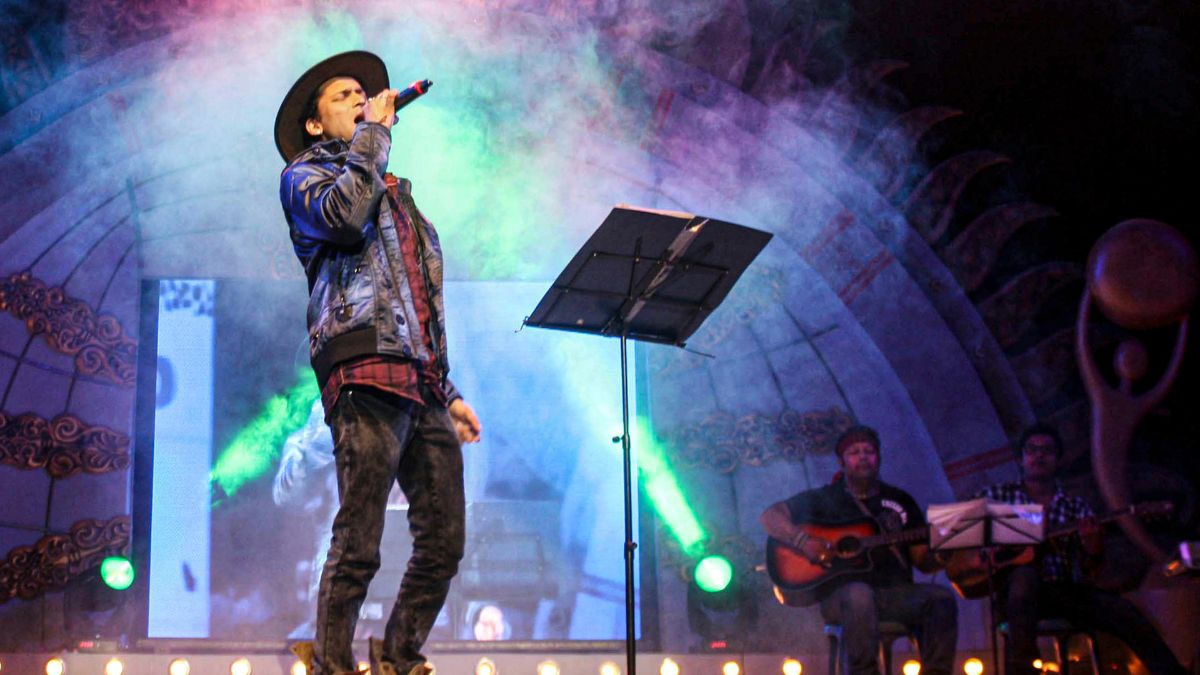)



